Nordic walking or warm weather walking uses special poles to engage the upper body. It is an enjoyable activity for fitness enthusiasts and can include the whole family. If you enjoy (or want to start) Nordic walking in the warmer months, and snowshoeing in the winter, combine both activities for added benefits, namely to improve your fitness and offer a good dose of vitamin D. The only equipment you need is a pair of poles that can be used for both activities. Here, we discuss the benefits and techniques for using Nordic poles while snowshoeing.
Choosing The Right Poles For Nordic Walking and Snowshoeing
Avid Nordic walker and snowshoer, Mandy Johnson has been passionate about the activity since 2008. She shares her advice on how to get started using the right poles.
It is all in the Nordic walking poles to get the right technique. Johnson says, “As for combining Nordic walking and snowshoeing, know the difference between hiking or trekking poles that are usually packaged with snowshoes or recommended in retail stores, and proper Nordic walking poles. If you want to combine Nordic walking and snowshoeing, make sure you specifically purchase Nordic walking poles—ideally strapless Nordic walking poles with a good ergonomic ledge on the handle.
Hiking poles are fine for hiking and okay for snowshoeing but cannot be used properly for the activity of Nordic walking. Nordic walking poles are perfect for Nordic walking on paved surfaces like paths and recreational trails and equally adaptable for hiking and snowshoeing. They will take you everywhere you want to go, year-round, from city streets to mountain peaks. If your Nordic walking poles have straps, then it will be difficult or not impossible to wear more than a thin pair of gloves. If you are strapped into your poles, and you should fall, you are at risk for straining or spraining your thumb… They can be very difficult to get out of if you have fallen in deep snow. “
One Option
Urban Poles are one option for both activities. Mandy Shintani is an occupational therapist, co-owner of Urban Poling, and developer of ACTIVATOR poles for older adults. She says, “Absolutely, you can use the Urban Poles for hiking and snowshoeing. [You] would use a different technique than you would with Nordic walking. You would take off the rubber tip, and there is a high-quality carbide steel tip underneath for snow and trails”.
She continues, “The benefits of using the Urban Poles for hiking and snowshoeing is that it will increase balance, reduce slips and falls especially in wet conditions or where there are lots of roots, [and] provide stability when going downhill. You can push down on the ledge [of the poles] to pull yourself up steep hills and offload pressure on hips and knees and the weight of your backpack.
The design is perfect for these activities as the ergonomic handle keeps your hand in a neutral position. So you don’t place a lot of stress on your wrist. [It] is strapless, so if the poles get caught, you aren’t attached to the poles and more likely to get a skier’s thumb injury. By pressing down on the ledge, you could also get more of a workout with hiking and snowshoeing by engaging your core and providing a full-body workout. On the other hand, if you are tired, you can just lean on the poles when you are tired.”
Technique For Combining Both Activities
Snowshoeing is fun for those who have tried it and offers a cross-training option to Nordic walking or vice versa.
Johnson says, “Snowshoeing is very easy to learn. I say it is simply walking with bigger footwear on! When you Nordic walk with snowshoes, your technique will vary. On fairly flat terrain on a packed trail, you will pole cross-country skiing style, with your poles on about a 45% angle behind you, pressing down and back on the handle to powerfully use your arms, shoulders, and core muscles to assist with propelling you forward.
When the trail is steep and/or deep, you will bend your elbows to 90%; plant the poles upright (vertically) to provide maximum stability and support. Last tip: Consider going out on a guided trip the first time to pick up tips and techniques, stay safe, learn fascinating information about the area you are visiting. Many ski resorts offer great trails that are well marked and well maintained along with providing rental equipment and guides.”
Benefits of Adding Nordic Walking To Snowshoeing
If you’ve never tried using poles while snowshoeing, there are numerous benefits, including:
- Improved posture
- Core strengthening – 1000 steps = 1000 core contractions
- Improves balances to prevent falls
- Great upper body workout compared to only using lower extremity muscles for snowshoeing. (Nordic walking uses up to 75% of the body’s muscles.)
- Easy to climb hills and more stability for descending steep inclines
- More fun added to both activities!
Mandy Shintani explains more about the benefits.
“By combining Nordic walking with snowshoeing, you change it dramatically into total body workout, using virtually every muscle in your body. By engaging the strong core muscles and the arms and chest muscles, they take on a considerable amount of the workload from your legs. You can delay or avoid early fatigue of the legs to make for a longer, more enjoyable day while upping the intensity of the aerobic workout. Because you will burn, on average, an extra 20% more calories, you will be toasty warm, even in the coldest of weather.
The poles provide you with substantially increased stability on the uneven terrain that is the norm. So you are less likely to fall. Still, if you wander off a packed snowshoe trail and step in the deep soft powder that can be just off-trail, you are very likely to fall… While the landing will be soft, getting back up on your feet can be a real challenge… the poles come in very handy for this if you are not strapped into them. The same with “post-holing” – sinking up to your knees or thighs or waist. The poles really help you get back on the trail.”
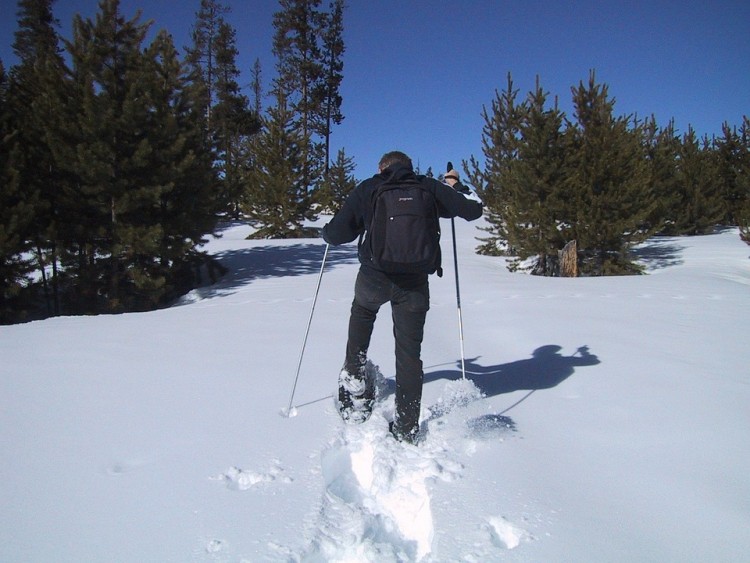
Poles provide you with substantially increased stability on the uneven terrain that is the norm. So you are less likely to fall. Photo: BurningWell via Pixabay
Get Out There And Enjoy!
Johnson enjoys Nordic walking in both urban environments and out on wilderness hiking trails. She says, “But when the winter comes, and I can add on snowshoes, that is when I am happiest. The scenery is stunning, the crowds of people are gone… So are the bugs! Quite often, we can be out for hours without seeing a soul other than those in our group. It is fascinating to see the tracks of wildlife and often the animals themselves: deer, elk, moose in particular, and birds like chickadees, blue jays, and gray jays.
You can choose to go on terrain that is challenging or impossible at other times of the year, like rocky trails smoothed out with a covering of snow or frozen lakes and rivers. It can be a primal wilderness experience. The haunting calls of a pack of wolves were unforgettable. It gets dark early in the winter. So a night Nordic walk/snowshoe is a great way to keep warm and experience the full moon or the stars and the Milky Way.”
Have you ever combined snowshoeing with Nordic walking poles and techniques? What was your experience?
This article was originally published on Sept 26, 2019, and most recently updated on July 3, 2021.
Read Next: Nordic Walking for Warm Weather Training: A Book Review

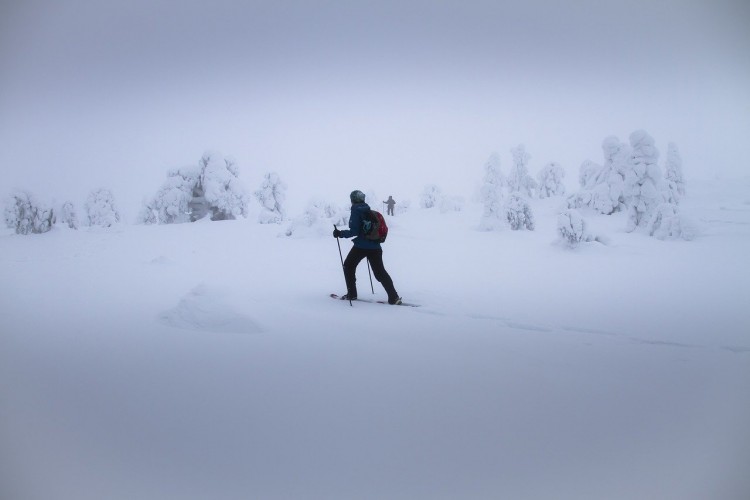
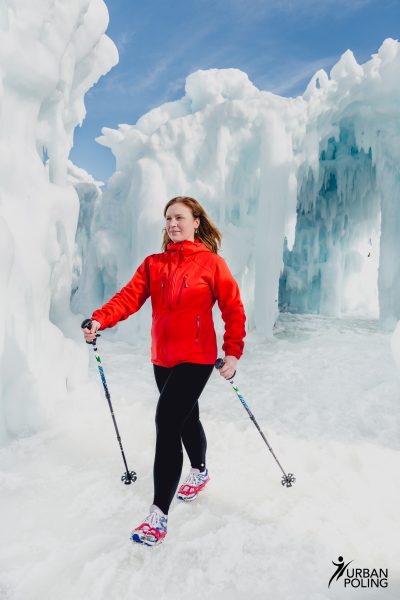
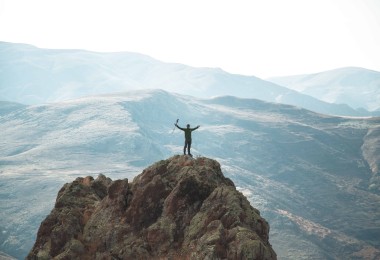
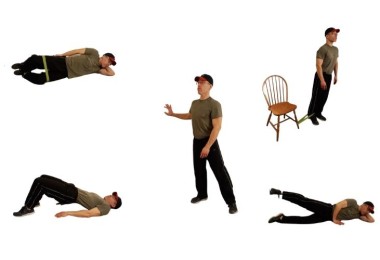
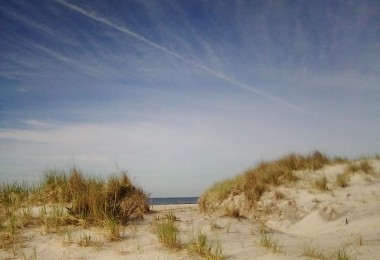
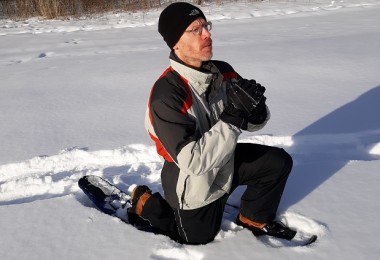

Leave a Comment